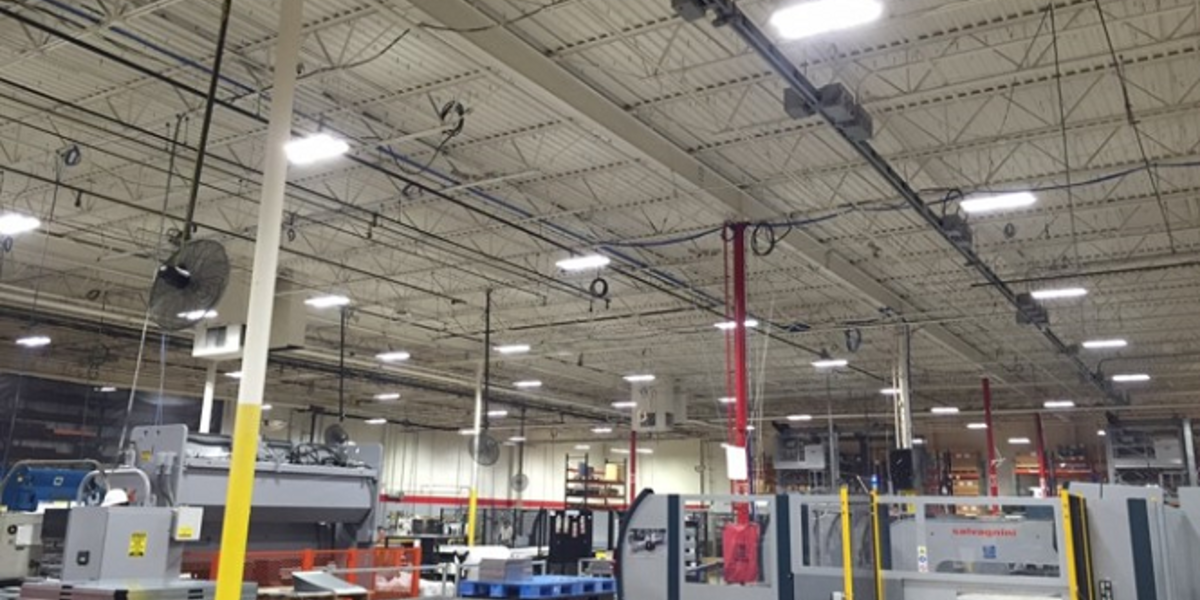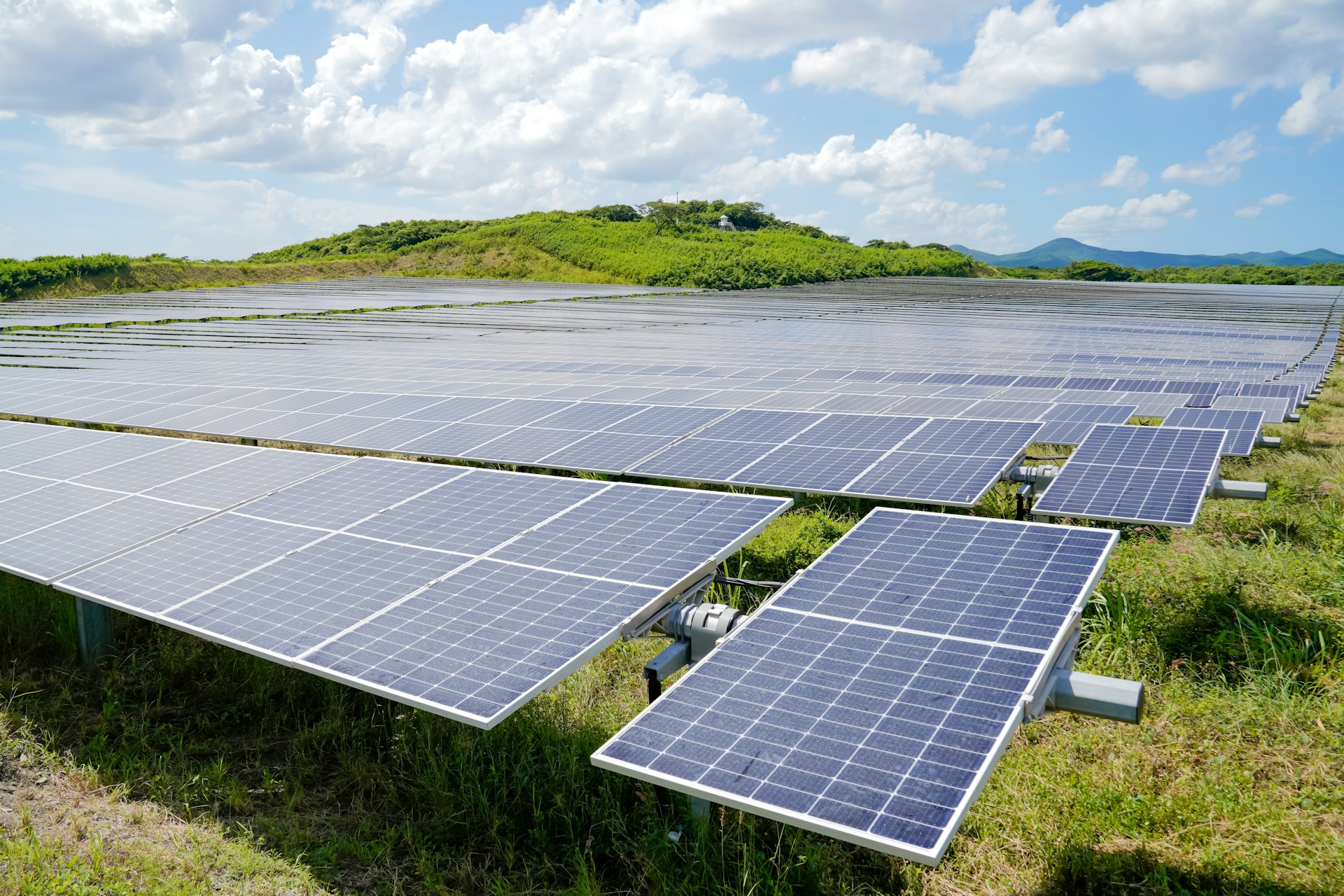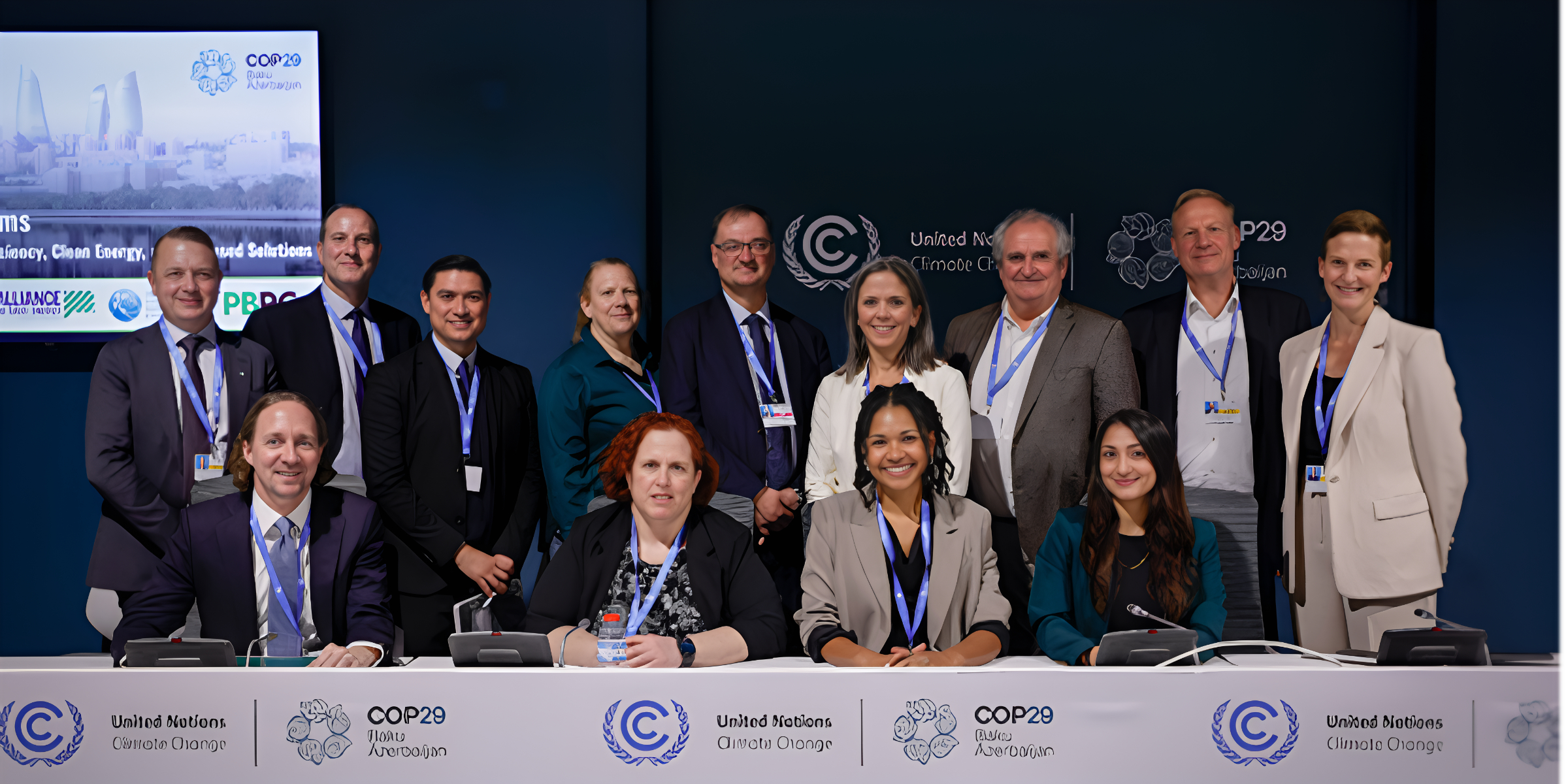Meet a Star of Energy Efficiency: How This Global Industrial Manufacturer Dropped Its Energy Intensity by Nearly a Quarter
Let's Save Energy
Alliance to Save Energy's Blog
Meet a Star of Energy Efficiency: How This Global Industrial Manufacturer Dropped Its Energy Intensity by Nearly a Quarter

By Paul Camuti, Senior Vice President, Innovation and Chief Technology Officer, Ingersoll Rand
[Editor’s note: We asked the 2019 Star of Doubling Down on Efficiency, Ingersoll Rand, how they achieved their dramatic energy efficiency improvements. Here’s their story.]
With a strategy centered on sustainability and energy efficiency, Ingersoll Rand is playing an important role in mitigating global climate change. Along with its strategic climate brands Trane® and Thermo King®, the company is addressing demands for greater energy efficiency with lower greenhouse gas emissions in buildings, homes, industrial spaces, and transport markets around the world.
In 2014, Ingersoll Rand publicly shared its global Climate Commitment, which became the foundation of how we would increase energy efficiency and reduce greenhouse gas emissions related to our operations and products. The commitment aimed to reduce these emissions by 35% by 2020 compared to a 2013 baseline and reduce the climate impact of our customers’ products by 50%. By the close of 2018, we had exceeded our goals and timeline by reaching a 53% product greenhouse gas footprint reduction while increasing operational energy efficiency by 45%.
Improving our Energy Intensity While Partnering with the U.S. Department of Energy (DOE)
Ingersoll Rand made a formal commitment to improve energy efficiency of its operations as early as 2009 when we joined the DOE Save Energy Now campaign – a precursor to the Better Plants Challenge – with the aim of improving our energy intensity 25% over 10 years. After achieving this target in 2016, we upped our Better Plants Challenge commitment to improving 35% by end of year 2019.
A great example of our energy intensity improvements can be seen at our manufacturing plant in Waco, Texas where the site’s resource management team launched initiatives that reduced energy consumption by 50%. The Waco facility doubled its energy productivity, cut electricity costs by 70% and reduced energy consumption by more than 50% while facility output increased. In 2018, this team was recognized by the DOE Better Plants Challenge with a Better Practice award.
Improving the Energy and Environmental Performance of our Product Portfolio
Many of our products are built to operate for 20 or more years. Designing them to meet optimal standards for energy efficiency and environmental performance adds value for our customers today by reducing operating expenses, while helping them prepare for the more stringent regulatory environments to come.
Engaging Others
Ingersoll Rand worked with many entities and industry experts to achieve its goals, but most importantly we credit our winning culture and engaging employees in part of the strategy as critical to our success. To build a culture focused on sustainability, we started with setting and communicating the goals – specifically greenhouse gas and natural resource-focused commitments with specific targets. It was critical to get buy-in and engage people across the value chain and the entire organization, including the C-suite, suppliers, manufacturing centers, and the sales teams. Aggregating and sharing outcomes enabled employees to understand how their local and small-scale initiatives have contributed to overall company impact.
Investing in Renewable Energy Sources
Strategically transitioning to renewable resources is key to addressing climate change and creating long-term value for stakeholders, and became an important step in our environmental sustainability journey. In 2018, we initiated and commissioned on-site solar installations at three large manufacturing sites in the U.S. and China. The installations address 15% of the energy load at these locations.
We complemented this investment in off-site renewable energy sources by signing a power purchase agreement with a wind farm in Baylor County, Texas which enables us to replace 32% of our U.S. electricity use with green energy.
Onward
This May, we announced our 2030 sustainability aspirations, which align to the time horizon of the United Nations Sustainability goals and include an ambitious goal to reduce the emissions footprint of our products by one gigaton, while also reducing energy used to produce systems. Energy efficiency will continue to play a starring role as we continue to lead innovation, invest in renewable energy sources, introduce new products that use refrigerants with lower global warming potential, and reduce our own operational footprint.
To learn more about Ingersoll Rand’s 2030 Sustainability Commitment, visit IngersollRand.com/2030. To learn about the 2019 Evening with the Stars of Energy Efficiency Awards Gala, visit our event page.
Photo at top: Trane improved its lighting to LED at its Waco, Texas, manufacturing plant.
RECENT BLOG POSTS
STAY EMPOWERED
Help the Alliance advocate for policies to use energy more efficiently – supporting job creation, reduced emissions, and lower costs. Contact your member of Congress.
Energy efficiency is smart, nonpartisan, and practical. So are we. Our strength comes from an unparalleled group of Alliance Associates working collaboratively under the Alliance umbrella to pave the way for energy efficiency gains.
The power of efficiency is in your hands. Supporting the Alliance means supporting a vision for using energy more productively to achieve economic growth, a cleaner environment, and greater energy security, affordability, and reliability.



